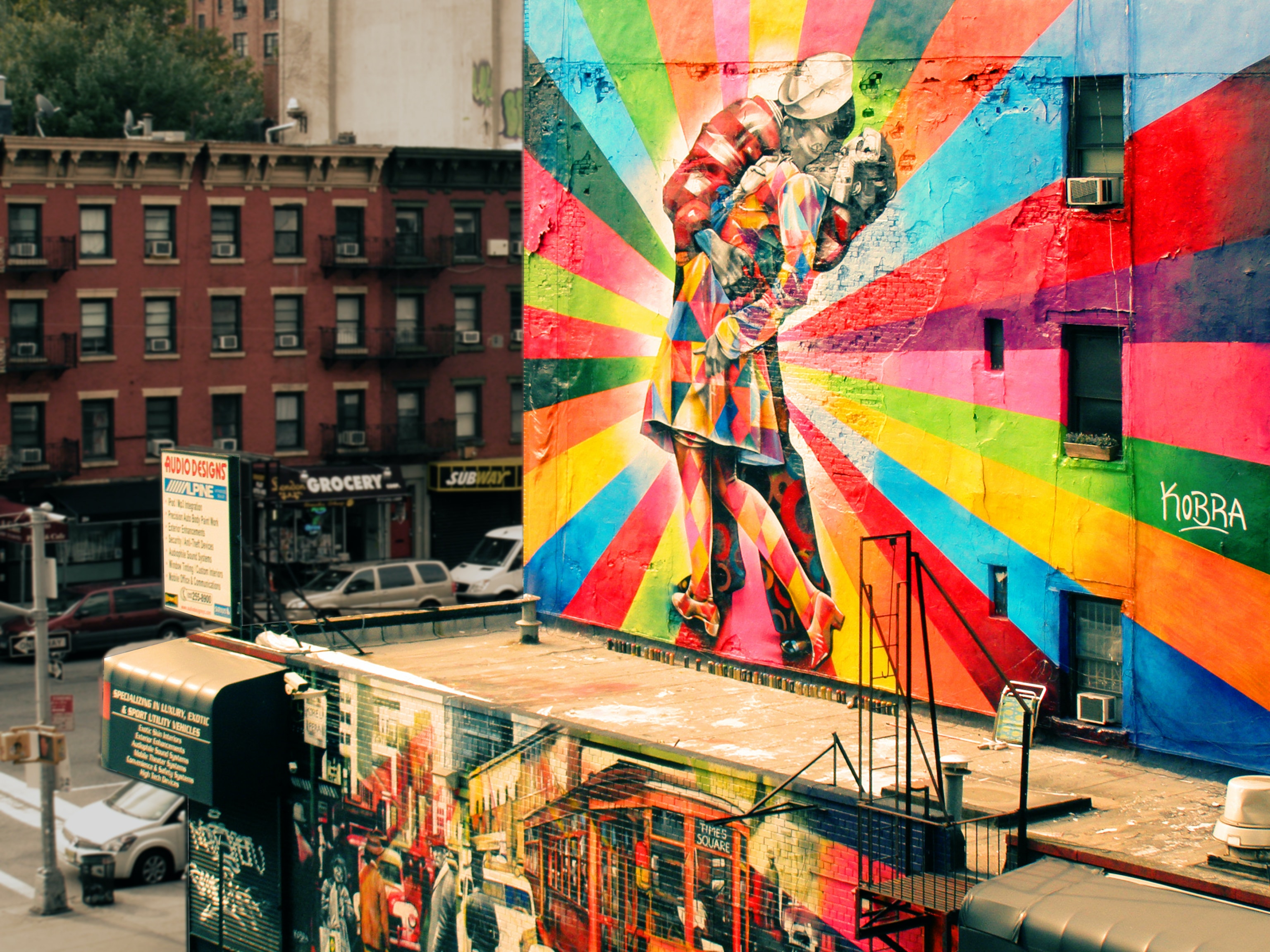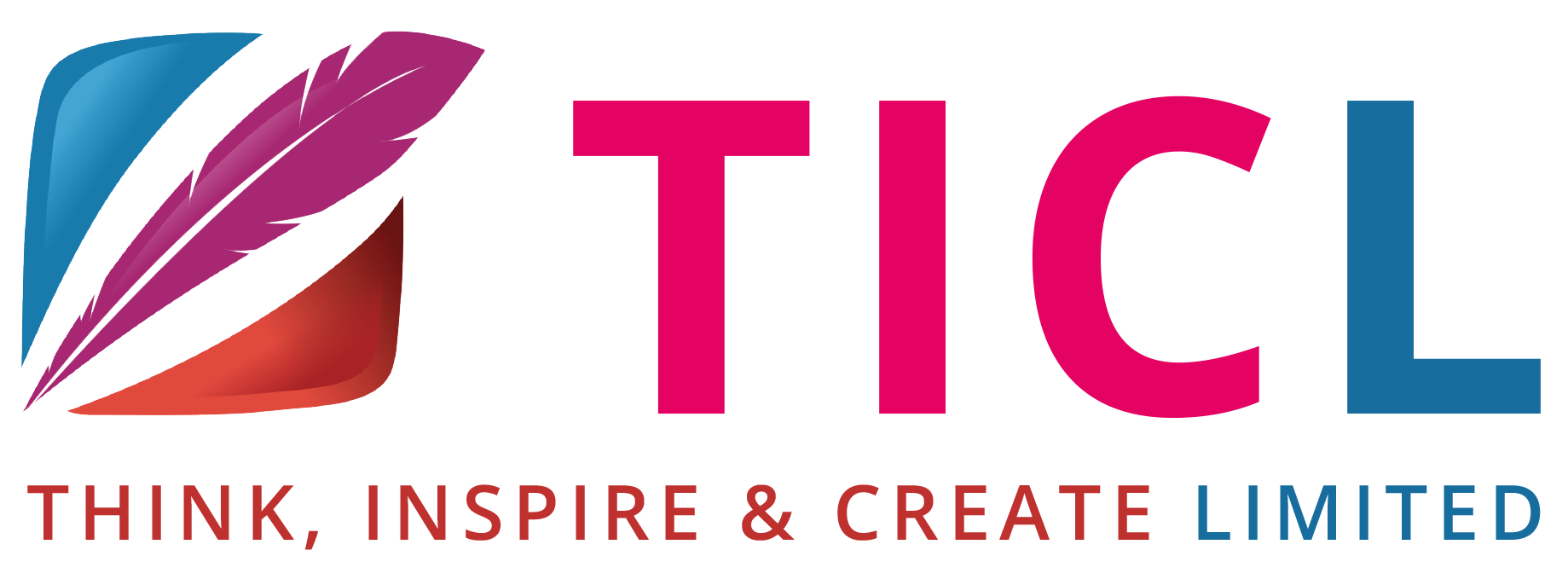Visuals help teams make better decisions, faster!

As humans, we can understand images in an instant, in a way we cannot with text. For our brains to process text, we must work that bit harder and it takes a bit longer. As a matter of fact, the brain processes images 60,000 times faster than it does text! Or to use another statistic, 93% of all human communication is visual! The human brain has always been able to process images so much faster than it can words. So, images are clearly a big part of our everyday lives, but what is the science behind why they work? And how can they make a difference when it comes to team making decisions?
Images are powerful: visuals quickly transmit information to the brain.
Not only this they can tap into something else very important: emotions! And if we associate an emotion with something, it helps improve memory recall too.
But how can this help you understand how it can help teams with their workloads?
Overall, images can help us to learn, to associate and to remember. How many tasks within teams & functions get forgotten or are uncompleted because an important part of information is not remembered? It is happening in businesses all over the UK. Using images in place of texts can help work around the issue.
Whether you are looking to improve a process or team productivity, the speed of doing so and the adoption of the change is greatly increased with the use of images. Teams can come to a common understanding faster; be able to understand more complex information faster and achieve better outcomes, faster.
Think about a pitch during a business presentation. How many slides are shown with text, and how many images? Even if there was quite a bit of text, what is most likely to have the overriding effect on the people in the room? Very often the answer would be the visuals. We tend to identify and connect more with images, perhaps you could say, images are ‘harder to argue with’
Types of Visuals:
Various types of visuals can be effective learning tools: photos, sketches, concept maps, illustrations, icons, and symbols, to name a few. It takes some practice and a willing team to start to work more with visuals – but the benefits are worth it. Based upon research* outcomes, the effective use of visuals can decrease learning time, improve comprehension, enhance recall, and increase retention. Meaning you are more likely to achieve change and sustain change more successfully
In many workshops of ours and, customer testimonials I hear about the benefits of engaging, working with and learning through visuals. Every slide we use is presented in a way to make the most of visual learning and every workshop we run is based on this concept. Using the right visuals will help to breakdown the complex and abstract activities into tangible and understandable ones.
Get in touch and tell us about how you are using visuals
*Meier, D. (2000). The accelerated learning handbook. NY: McGraw-Hill.
Patton, W. W. (1991). Opening students’ eyes: Visual learning theory in the Socratic classroom. Law and Psychology Review, 15, 1-18.
